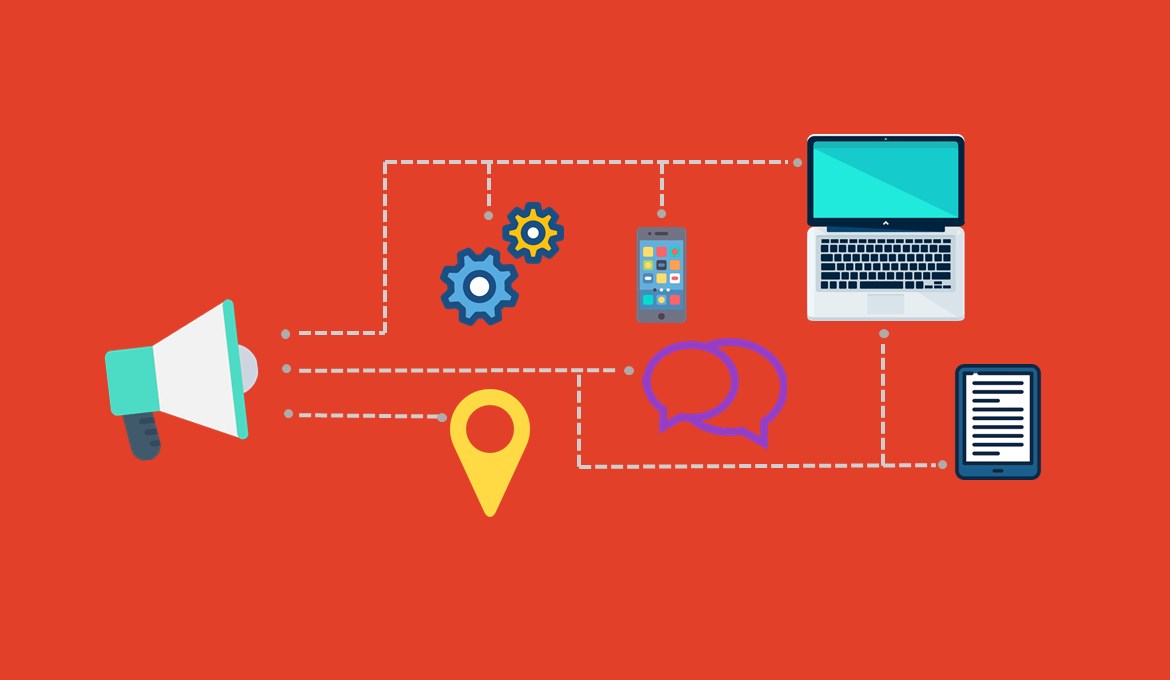This strategy is divided into 3 stages. Nothing is left to chance, quite the contrary. In an Inbound Marketing strategy, each stage constitutes a step forward to acquire quality clients.
1- Generate traffic on the web
In Inbound Marketing we apply an effective natural positioning strategy in the webs (corporate website, blog, social networks …) The relevant keywords, associated with well-referenced contents are fundamental for a better global visibility. In this way, the audience, interested in your area of expertise, will be able to access your websites more easily thanks to a relevant positioning at SERPs level.
In an Inbound Marketing strategy, social networks also play a key role in attracting traffic. It is important to use them to promote your content and strengthen or build a stakeholder.
2- Transform traffic into leads (leads)
In an Inbound Marketing strategy, this transformation is a key step.
How to seduce your customers and your potential customers and therefore develop your own database? The principle of “Call to Action” will be decisive.
When visitors arrive to your website, do not hesitate to offer them several fields of action (without losing them): games, registration to newsletters, Premium content … They are simple and help to create enthusiasm for your content. By filling out a form, the client obtains quality content, and you get a contact that will allow you to build a quality database thanks to the secrets of Inbound Marketing.
3- Transform a lead into a client
This last stage of Inbound Marketing is based on the set of media that allowed you to reach your marketing objectives. Objectives in which the most important thing is brand recognition. With the help of Marketing Automation techniques such as emailing campaigns, sms, or geofencing, the client will be informed about the service offered. In this stage, the quality of communication actions must match the quality of the potential client.
Inbound Marketing: “More like seducing, not imposing”
It is important to remember that unlike Outbound Marketing that tends to be too “aggressive” with potential customers, Inbound Marketing encourages you to be curious creating relevant content for the client. You have to seduce, not impose. The results will come naturally and customers will be more open to your proposals. Inbound Marketing easily meets the qualitative objectives of the audience thanks to the quality content. Unlike Outbound Marketing, which prioritizes quantitative objectives, by wanting to reach a greater number of potential clients.
